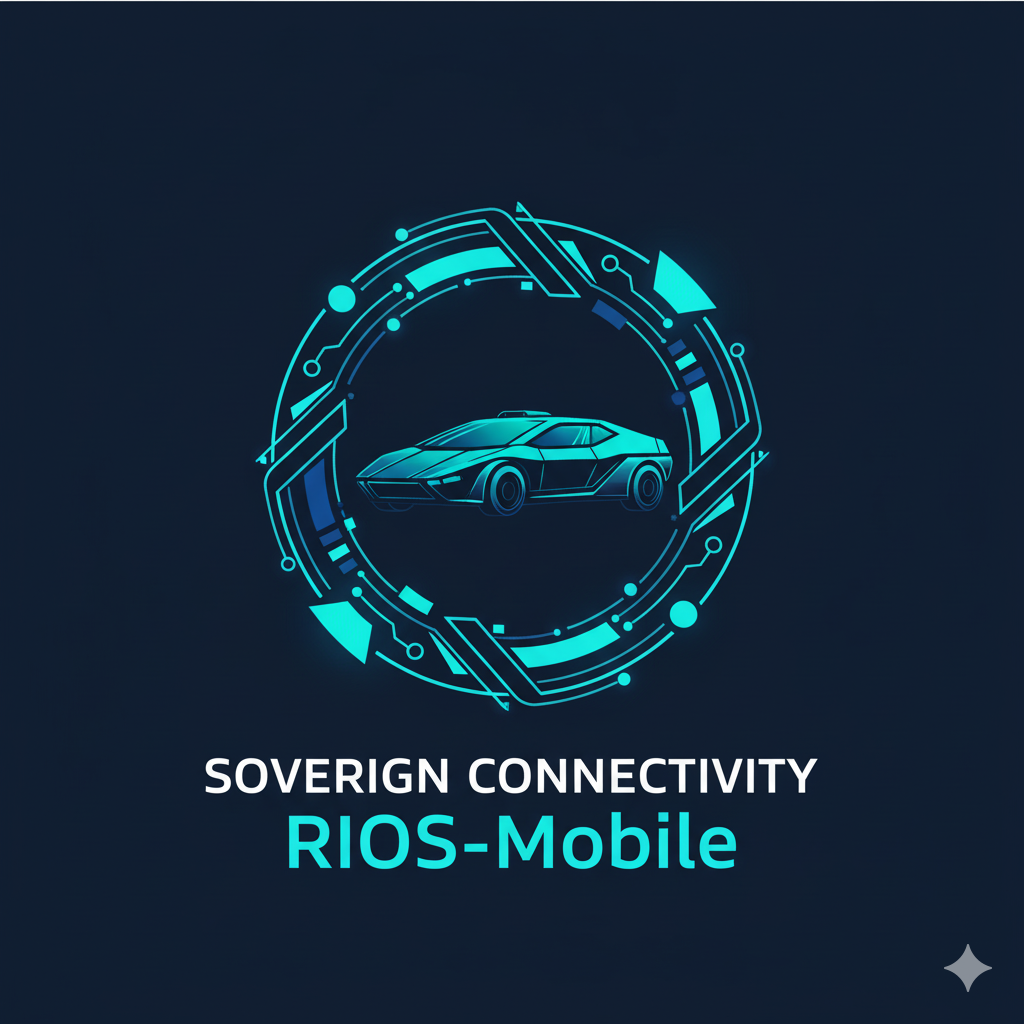
This SWOT analysis evaluates the strengths, weaknesses, opportunities, and threats for the complete RIOS-Mobile product line, positioning it within the context of the mobile connectivity and RV/nomad market.
| Category | Factors | Description |
| STRENGTHS | S1: Enterprise-Grade Redundancy (SD-WAN) | The core SD-WAN functionality (Pillar II & III) is a unique differentiator in the consumer/prosumer mobile market. Instantaneous, packet-level failover between satellite and multi-carrier cellular guarantees uptime, a feature demanded by mission-critical users (remote workers, high-value operations). |
| S2: Multi-Carrier Anti-Saturation Logic | The Trifi vSIM technology (Pillar I, II, & III) directly addresses the common problem of cellular saturation at events like Quartzsite, providing a significant real-world advantage over single-carrier hotspots. | |
| S3: Total Autonomy & Off-Grid Capability (Pillar III) | The integration of Micro Power Resilience (DC-UPS) and the NeoMesh/Revofi Trusted Compute Edge moves the product beyond connectivity into true Sovereign Infrastructure, creating a new, highly defensible market niche for autonomous operations. | |
| S4: Unified RIOS Ecosystem | Leveraging the established “Rural Infrastructure Operating System” (RIOS) brand lends credibility, technological depth, and a professional aesthetic, appealing to users who value enterprise technology. | |
| WEAKNESSES | W1: Complexity and Installation | Pillar II and especially Pillar III require specialized installation knowledge (integrating Starlink, multiple antennas, DC-UPS, Revofi node) which can be intimidating for the average RVer, potentially requiring professional dealer installation. |
| W2: High Initial Cost (Pillar II & III) | The SRPs of the Pro Kit and Command Center are significantly higher than standard mobile internet solutions (hotspots, basic routers), creating a barrier to entry for budget-conscious nomads. | |
| W3: Dependency on Starlink | Pillar II and III’s core value proposition relies heavily on the integration with Starlink hardware and services. Any changes to Starlink’s policies, pricing, or network capacity could directly impact the RIOS-Mobile value. | |
| W4: Requires Education for Value Proposition | The concepts of SD-WAN, Trusted Compute Edge, and NeoMesh are complex. Marketing must effectively simplify these concepts to convey the value proposition without overwhelming the target audience. | |
| OPPORTUNITIES | O1: Growth of Full-Time Nomads & Remote Work | The sustained global growth of the digital nomad and work-from-anywhere movement provides an expanding and high-value target market that is actively seeking reliable, high-performance connectivity. |
| O2: Data Monetization & Edge Services (Pillar III) | The Revofi/NeoMesh integration offers the opportunity to launch future, value-added services (e.g., decentralized weather monitoring, anonymous traffic data collection) that could generate recurring revenue or even offset user subscription costs, creating a unique economic model. | |
| O3: Partnerships and Fleet Deployment | The technology is ideal for commercial sectors (logistics fleets, emergency services, utility vehicles) who require guaranteed connectivity and asset telemetry, opening doors for large B2B contracts. | |
| O4: Strategic Placement at Events | Leveraging high-density events like the Quartzsite RV Show for direct demonstration of “Saturation Immunity” (Pillar I) and “Guaranteed Uptime” (Pillar II) can build powerful, immediate credibility and demand. | |
| THREATS | T1: Competitive Response from Starlink | Starlink may introduce its own advanced routing or integrated cellular redundancy features that directly compete with the core value of Pillar II, eliminating the need for a third-party SD-WAN solution. |
| T2: Telecommunications Deregulation/Market Shifts | Major cellular carriers may restrict or limit the use of dynamic vSIM pooling, or introduce their own competitive multi-carrier bundles that undermine the core advantage of the Trifi vSIM. | |
| T3: Market Perception of Over-Engineering | The complexity and cost may lead a significant segment of the market to perceive the solution as “over-engineered” for their needs, choosing cheaper, simpler, albeit less reliable, alternatives. | |
| T4: Supply Chain & Component Volatility | The sophisticated nature of the hardware stack (Revofi, specialized routers, UPS) increases vulnerability to supply chain disruptions and component cost volatility, impacting lead times and profitability. |
Use Arrow Up and Arrow Down to select a turn, Enter to jump to it, and Escape to return to the chat.


